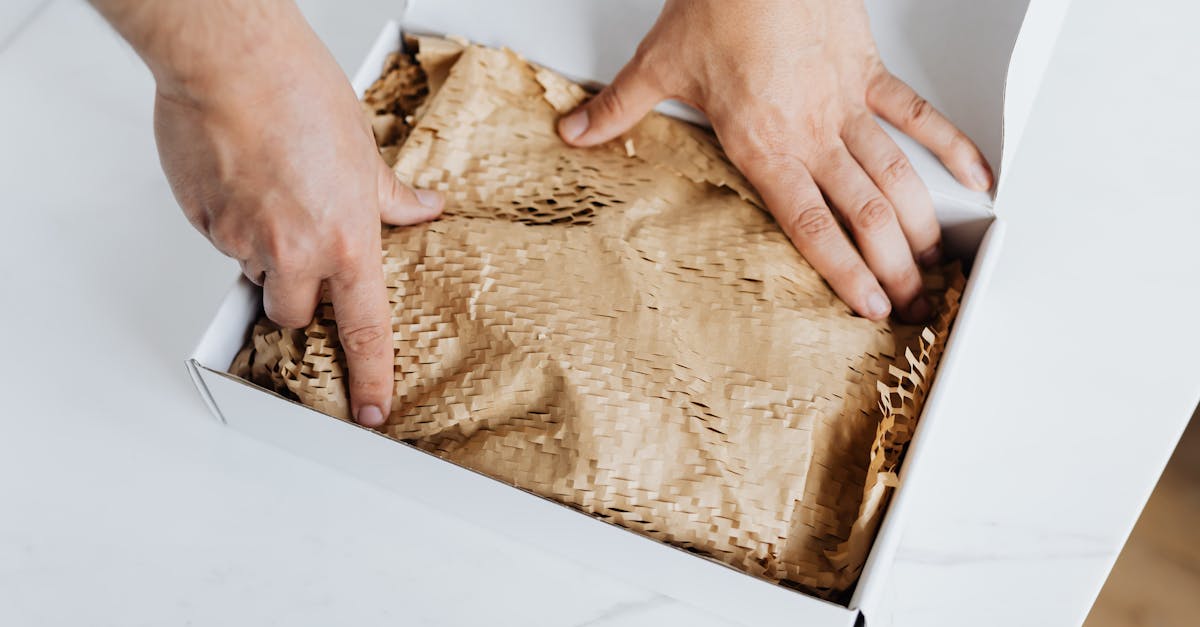Protecting Your Airy Companions: A Winter’s Tale of Safe Shipping

Discover the Secrets of Safe Shipping: Winter Care for Air Plants
As the winter season approaches, shipping air plants requires extra care to ensure their delicate nature is preserved during transit. In this comprehensive guide, we’ll delve into the potential risks of cold weather shipping and provide expert advice on preparing your air plants for a safe journey. We’ll explore innovative insulation techniques, temperature control strategies, and essential post-shipping care tips to ensure your air plants thrive even in the coldest months.
Whether you’re an experienced plant enthusiast or a first-time shipper, this guide will empower you with the knowledge to safeguard your air plants during winter transit. By following these best practices, you can ensure the safe arrival of your precious botanical treasures, ready to bring joy and beauty to their new destinations.
1. Understanding the Risks of Cold Weather Shipping
Understanding the Risks of Cold Weather Shipping: Exploring Potential Hazards
Shipping air plants during cold weather poses unique challenges that can impact their delicate foliage, root systems, and overall health. Here are the key risks to be aware of:
1. Foliage Damage: Air plants’ leaves are susceptible to frostbite and freeze damage when exposed to freezing temperatures. This can manifest as brown or black spots, wilting, and leaf loss.
2. Root Damage: The roots of air plants are equally vulnerable to cold temperatures. Freezing can cause root cells to burst, leading to root rot and reduced nutrient uptake.
3. Overall Health Decline: Prolonged exposure to cold temperatures can weaken air plants, making them more susceptible to pests, diseases, and dehydration. This can result in stunted growth, yellowing leaves, and eventually, plant death.
Understanding these risks is crucial for taking appropriate measures to protect your air plants during winter shipping. By providing proper insulation, temperature control, and post-shipping care, you can minimize the impact of cold weather and ensure the safe arrival of your precious plants.
2. Preparing Air Plants for Winter Transit

Preparing Air Plants for Winter Transit: A Step-by-Step Guide
To ensure the safe arrival of your air plants during cold weather shipping, meticulous preparation is key. Follow these steps to protect your plants from the elements:
1. Proper Packaging: Choose a sturdy shipping box that provides ample space for the air plants to fit comfortably without being crushed. Use packing peanuts or bubble wrap to fill any empty spaces and prevent movement during transit.
2. Insulation Materials: Wrap each air plant individually in several layers of insulating material, such as bubble wrap, foam peanuts, or newspaper. This will create a protective barrier against cold temperatures.
3. Temperature Control Measures: Depending on the severity of the cold weather, consider using heat packs or insulated shipping containers to maintain optimal temperatures during transit. Heat packs can be placed near the air plants, while insulated containers provide an enclosed environment that retains heat.
4. Acclimation: Before shipping, gradually expose your air plants to cooler temperatures over a few days. This will help them adjust to the transition and reduce the risk of shock upon arrival at their destination.
3. Insulation Techniques for Safe Shipping
Insulation Techniques for Safe Shipping: Protecting Your Air Plants from the Cold
Insulation is paramount for maintaining optimal temperatures during cold weather shipping. Here are some effective techniques to keep your air plants warm and protected:
1. Bubble Wrap: Bubble wrap is a versatile and affordable insulation material. Wrap each air plant individually in several layers, ensuring that there are no gaps or exposed areas. The air pockets in the bubble wrap will trap heat and provide cushioning.
2. Foam Peanuts: Foam peanuts are another excellent insulation option. Fill the shipping box with foam peanuts, surrounding the air plants completely. This will create a protective barrier that prevents cold air from reaching the plants.
3. Newspaper: Newspaper is a sustainable and effective insulator. Wrap each air plant in several layers of newspaper, taking care to cover all surfaces. The multiple layers will trap air and provide insulation.
4. Insulated Shipping Containers: For added protection, consider using insulated shipping containers. These containers are designed to maintain specific temperatures, ensuring that your air plants remain warm during transit.
4. Temperature Control During Transit
Temperature Control During Transit: Ensuring a Safe Journey
Maintaining optimal temperatures during shipping is crucial for the well-being of air plants. Here are some strategies to regulate temperature and prevent freezing or overheating:
1. Heat Packs: Heat packs can be used to provide additional warmth during cold weather shipping. Place heat packs near the air plants, ensuring they do not come into direct contact with the plants. Heat packs will emit heat gradually, helping to maintain a stable temperature.
2. Insulated Shipping Containers: Insulated shipping containers are designed to maintain specific temperatures, regardless of the external environment. These containers are ideal for shipping air plants during extreme cold or heat. Choose an insulated container that is the appropriate size for your shipment.
3. Monitoring Transit Conditions: It’s important to monitor transit conditions throughout the shipping process. Use a temperature logger or thermometer to track the temperature inside the shipping container. This will allow you to make adjustments if necessary, such as adding more insulation or heat packs.
5. Post-Shipping Care for Winter-Shipped Air Plants
Post-Shipping Care for Winter-Shipped Air Plants: Nurturing Your Plants Back to Health
After enduring the rigors of cold weather shipping, your air plants may require some extra care to recover and thrive. Here are some essential steps for post-shipping care:
1. Gradual Temperature Adjustment: Avoid exposing your air plants to sudden changes in temperature. Gradually increase the temperature over a few hours to prevent shock. Place the plants in a warm, well-lit location away from direct sunlight.
2. Hydration: Once the air plants have acclimated to the new temperature, water them thoroughly. Use room-temperature water and avoid overwatering. Allow excess water to drain.
3. Monitoring for Stress or Damage: Inspect your air plants carefully for any signs of stress or damage, such as brown or yellow leaves, wilting, or root rot. If you notice any issues, isolate the affected plants and provide them with appropriate care. With proper post-shipping care, your air plants will recover from their journey and continue to thrive in their new environment.
Quiz: Test Your Understanding of Safe Winter Shipping for Air Plants
1. True or False: Air plants are resilient to cold temperatures and do not require special care during winter shipping.
2. Which of the following is NOT a potential risk of cold weather shipping for air plants? (a) Foliage damage (b) Nutrient deficiency (c) Root damage
3. What is the purpose of using bubble wrap when insulating air plants for shipping? (a) To provide warmth (b) To prevent movement (c) To absorb moisture
4. Which of the following is an effective method for temperature control during air plant shipping? (a) Heat packs (b) Insulated shipping containers (c) Both (a) and (b)
5. What is the first step in post-shipping care for air plants that have been shipped in cold weather? (a) Expose them to direct sunlight (b) Gradually adjust their temperature (c) Water them heavily
Answer Key:
- False
- (b) Nutrient deficiency
- (b) To prevent movement
- (c) Both (a) and (b)
- (b) Gradually adjust their temperature
Answer Key:
- False
- (b) Nutrient deficiency
- (b) To prevent movement
- (c) Both (a) and (b)
- (b) Gradually adjust their temperature
